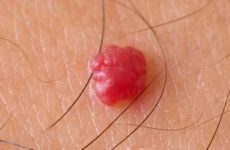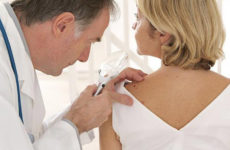The human papillomavirus is one of the most insidious and dangerous viruses. It is present in the body of 80% of the population, but not everyone knows about it. For many years and even decades, the virus may not make itself felt until the immune system is significantly weakened.
As soon as the conditions become optimal for the activation of the virus, it begins to multiply, causing the appearance of genital warts and warts on the body. Why is this pathogen dangerous and how to deal with it?
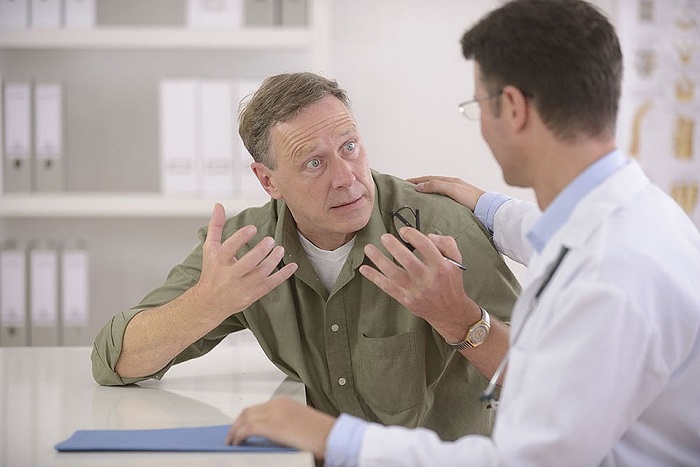
Содержание:
What is dangerous papillomavirus infection?
Papillomas formed due to the activity of papillomavirus usually do not hurt or cause discomfort, but they should not be ignored because they can be dangerous. When the virus is activated, there is a risk of the following consequences:
- Psychological and physical discomfort . Papillomas can be localized on any part of the body, but, as a rule, the genital area is chosen: the scrotum, body and head of the penis, places under the foreskin, around the anus, in the inguinal zone, and even in the urethra. They do not look aesthetically pleasing, and during sexual intercourse, a man experiences embarrassment and fear, having such a feature.
- Infection of partners . The probability of transmitting the virus to a sexual partner during a single sex is 60%. The more often a man has casual sex, the more women he infects.
- Growth damage . When walking, running, active sports, mechanical impact or accidental damage to the papilloma, the virus may spread to healthy areas of the skin (the appearance of multiple papillomas), pain, severe bleeding, which is difficult to stop.
- Violation of the process of urination (splashing, interruption), if papilloma has formed in the urethra.
- The possibility of degeneration into malignant formations . There are several strains of the virus, and some of them have a high risk of transition to cancer.
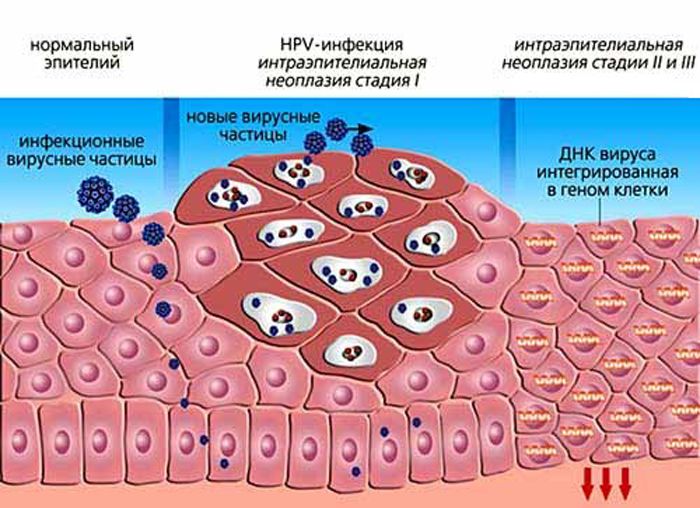
In most cases, the virus appears without a trace and also disappears without a trace. The most correct way to avoid complications is to consult a doctor as soon as a papilloma has been detected.
Varieties of types
Papillomaviruses are divided for several reasons.
- According to the degree of oncogenicity : with a high, medium, low degree of oncogenicity. Each of these groups includes several strains of the virus, which differ in the risk of degeneration into cancerous tumors.
- Shape : broad and pointed.
- By structure :
- simple (vulgar) papilloma (hard bump up to 1 mm in diameter, localized on any part of the body);
- plantar (rough, surrounded by a protruding rim, located on the sole and often resembles a corn);
- flat (smooth, does not protrude above the surface of the skin, often has a color similar to it);
- filiform (forms a ball, which is then transformed into filiform processes 5-6 mm).

Genital warts are formed mainly on the mucous membranes: in the genital area and in the oral cavity. They, in turn, are further subdivided into several varieties.
- Papillary warts and papillomas . They have a red or brown color, grow on keratinized skin.
- Keratotic, or genital growths . They are shaped like broccoli and are always located on mucous membranes.
- Giant papillomas . They occupy a vast area of the skin, grow rapidly and are able to form one large outgrowth from many small ones.
- Endourethral are located inside the urethra in men.
Symptoms and signs
After infection, the virus remains in the human body for a long time, without making itself felt. As a rule, the penetration of the pathogen occurs at the age of 15-30 years at the first sexual contact.
Further, there are three scenarios for the development of events:
- The first , the most common and safest, is the self-healing of the body within 2 years from the moment of infection.
- The second is the activation of the virus during a period of weakened immunity (surgery, a serious infectious disease), timely access to a doctor, removal of papilloma, strengthening immunity and regular visits to a doctor to monitor the condition.
- Third , the most terrible, is the appearance of papilloma, a belated visit to the doctor, when the process of degeneration of the growth into a malignant formation has already begun.
If the virus is activated, on the skin or mucous membranes (on the neck, armpits, on the face, in the genital area), a soft flesh-colored seal forms. When touched, they do not hurt, do not bleed, but sometimes there may be a slight soreness and burning sensation.
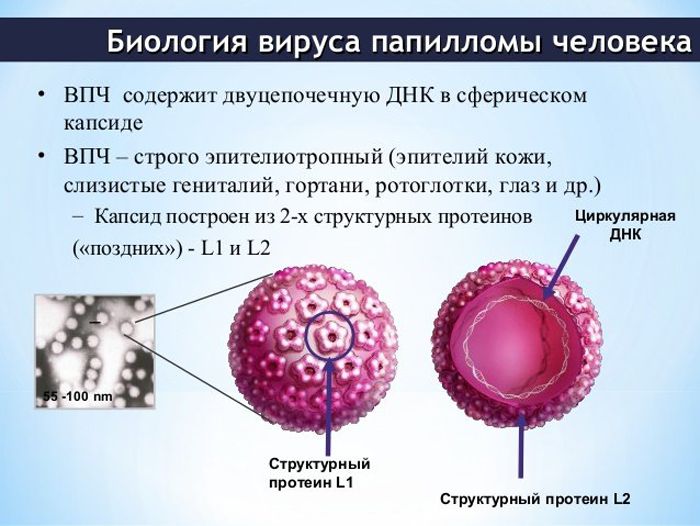
What complications and consequences can the disease lead to?
Papillomas develop in the body outside the chromosomes, so most of these formations are benign.
But genital warts, which mainly affect the genital area, develop in the chromosomes, therefore, the virus can change the structure of cell DNA and lead to degeneration into malignant tumors. In men, as a rule, it is the genitals that are more often affected.
If the integrity of the build-up is violated (rubbing with clothes, accessories, mechanical damage during physical activity), a favorable environment is created for the attachment of infection. Viruses and bacteria can easily enter the body and cause infectious complications.
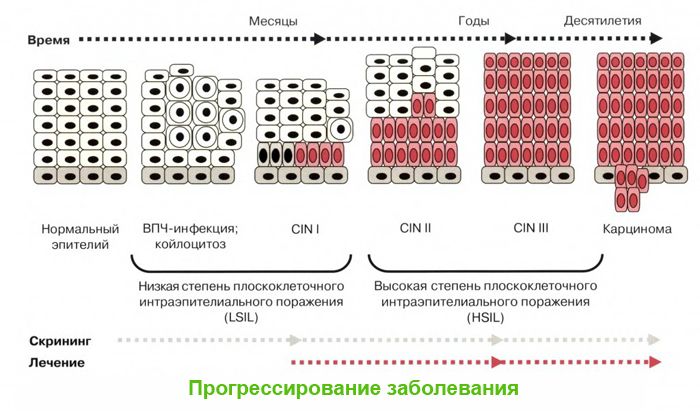
Which doctor should be consulted for diagnosis?
For diagnosis, a man needs to consult a dermatovenereologist or urologist if papillomas are found in the inguinal region. You can also contact a general practitioner and get a referral to a specialist.
How to treat, cure papilloma?
Papillomavirus is treated conservatively or removed on an outpatient basis. As a rule, conservative treatment is effective at an early stage of the disease and with single growths. Therapy with medications requires a long period of time.
Removal of papilloma is indicated for multiple formations, extensive damage or ineffectiveness of drug therapy. We also recommend that you familiarize yourself with how HPV is treated in men, drugs, scheme .
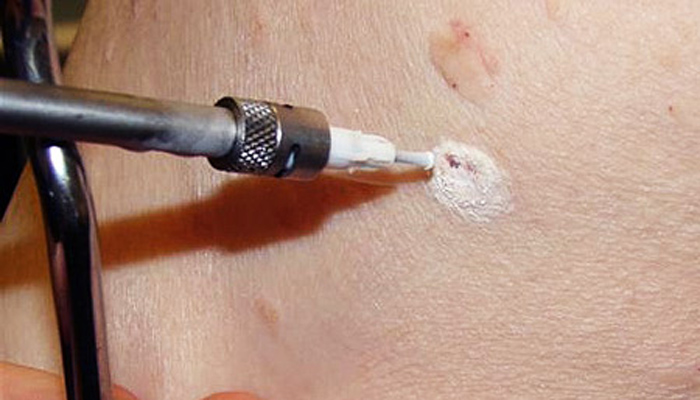
Effective drugs and regimen
Conservative treatment implies an integrated approach. Treatment of growths is required externally, the use of antiviral agents and strengthening of immunity. Self-medication in this matter is prohibited. The course of treatment and dosage of drugs is determined by the doctor.
Viferon
Viferon is a drug with immunomodulatory, antiviral and antiproliferative properties. It is available in the form of an ointment for external use, rectal suppositories and a gel.
Any form of the drug is suitable for the treatment of papilloma. Most often, an ointment is preferred, which can be used not only for treatment, but also for prevention. The course of treatment lasts 7 days, during which it is necessary to treat the growth at least 3 times a day.
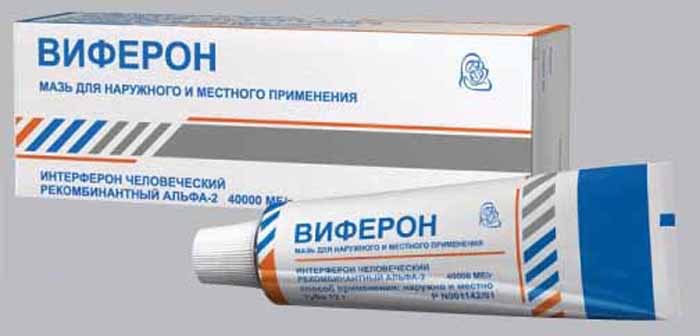
If suppositories are used, the course of treatment is extended up to 10 days. Candles are inserted into the anus twice a day, in the morning and in the evening.
Ointments and gels
External treatment of papilloma is necessary as part of complex therapy so that papillomas disappear. If the situation is neglected, their removal is required, at an early stage, it is possible to cure with the help of ointments and gels.
- Salicylic ointment effectively copes with papillomas. With regular application, the growth dries out and disappears. Apply the product 2-3 times a day until the papilloma disappears completely.
- Oxolinic ointment is no less effective, but has a more gentle effect. This tool can be used to treat intimate places. The ointment should be rubbed into the affected skin daily for 3 months.
- Gel Panavir contains natural extracts, so it can be applied to the skin and mucous membranes 4-5 times a day. The course of treatment is determined by the doctor, but usually it is at least 10 days.
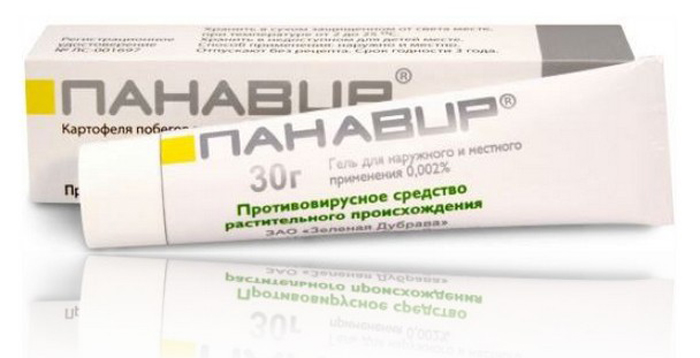
It is impossible to get rid of papilloma alone by means for external use, therefore, immunomodulators and antiviral drugs are required.
These drugs are prescribed to suppress the activity of the virus and strengthen the body’s defenses. Active substances penetrate into the internal environment of the body, increase cellular immunity, promote healing of injuries and cleanse the skin.
- Novirin – antiviral tablets that you need to drink for at least 2 weeks. With the reappearance of papilloma, the course can be repeated.
- Galavit has both antiviral and immunomodulatory effects. The drug is available in the form of tablets and powder. Both can be used both during the period of exacerbation and during the period of remission.
- Allokin Alpha . This tool is available in the form of injections that help get rid of papilloma without surgery. Its action is aimed at enhancing its own production of interferon.
- Isoprinosine has established itself as one of the most effective means in the fight against HPV. It has high immunomodulatory properties and restores cellular immunity. The daily dose and course of treatment are determined by the doctor and depend on body weight.
- Gepon is a water-soluble powder that is taken orally. It belongs to the group of immunostimulants, increases overall immunity. To eliminate papilloma, the remedy is taken orally 1 time per day, accompanied by external treatment of growths with ointments and gels.
Folk remedies
Among the methods of alternative medicine, various compresses, baths, lotions with the use of plant extracts, food and essential oils have proven themselves well.

They are effective only in combination with drug therapy, while folk remedies alone cannot cope with HPV.
The most effective folk remedies for papilloma :
- Pure compress with celandine or dandelion juice . It is allowed to treat the affected area 3-5 times a day, apply a compress for 3-4 hours.
- Tea tree oil is applied to the affected area with a swab overnight.
- A mushy ointment made from crushed Kalanchoe leaves and grated rowan berries. Ointment should be treated with papilloma 2 times a day, morning and evening.

Hardware therapy
Hardware treatment methods are modern minimally invasive ways to remove papilloma , which have replaced surgery. The most popular of them:
- Laser burning . The laser acts precisely on the papilloma without damaging healthy areas of the skin. The operation lasts no more than 20-40 minutes depending on the affected area and is performed under local anesthesia. Among the shortcomings of the method is the impossibility of histological examination of the growth tissue.
- Cryosurgery – freezing with liquid nitrogen. Under the influence of low temperatures, atypical cells freeze and literally break, papilloma tissues die off.
- Radio wave removal . A special radio knife is used, which reproduces radio waves of high frequency. Papillomas are removed quickly, painlessly and without blood.
- Electrocoagulation is a method in which high temperatures are applied, so it can be called modern cauterization. The chance of bleeding is zero.
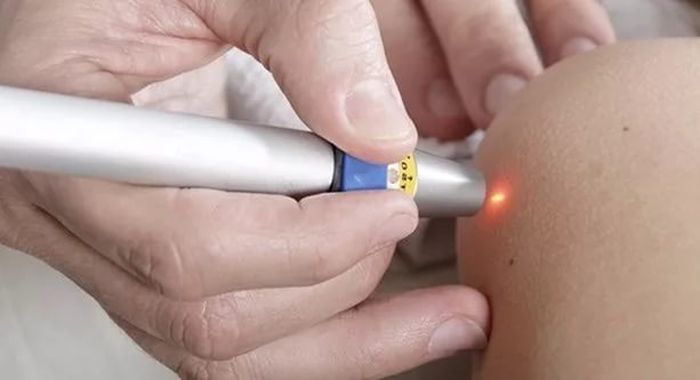
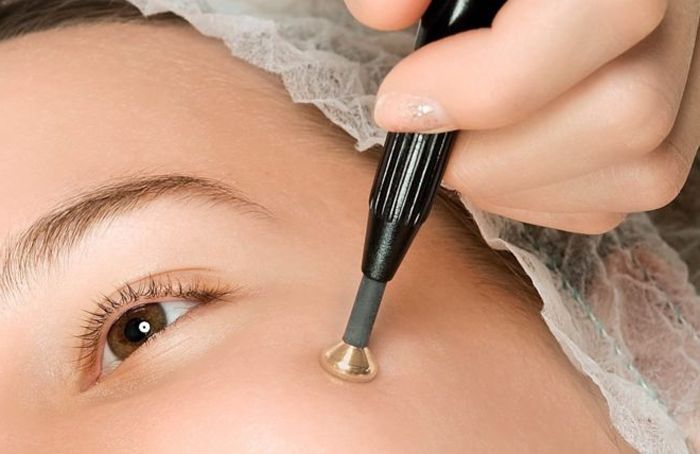
Surgical intervention
Surgical removal of papilloma has lost its relevance due to the advent of more modern methods of treatment. However, it is still used if the affected area is too large or the person has contraindications to the above methods.
During the surgical removal of papilloma, anesthesia is required, after which the doctor excises the growth with a scalpel, cuts it around the perimeter, stitches it and prescribes pharmaceutical preparations to speed up healing.
This method requires a long rehabilitation period, and there is also a risk of bleeding and injury to healthy tissues.
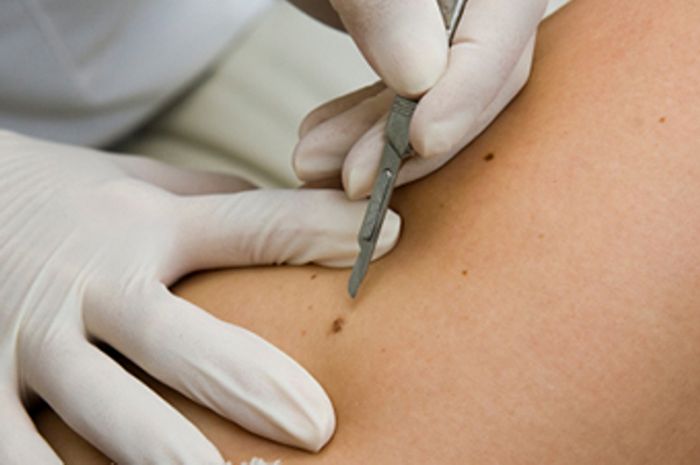
Prevention of the disease in men and women
The carriers of papillomavirus are adults who are sexually active. To reduce the likelihood of infection or activation of the virus, the following preventive measures must be observed:
- Avoid promiscuity.
- Use contraception.
- Observe personal hygiene.
- Give up bad habits (smoking, drinking alcohol and drugs).
- Stick to proper nutrition.
- Visit a doctor if you feel unwell, do not postpone the examination until the last.
- Do not self-medicate.
If a man takes care of his health, papillomatosis, as well as its consequences, will not bother him. The virus itself can be present in the body of a person who is sexually active and not disturb the host.
If preventive measures are followed, activation of the virus can be avoided, and with timely treatment, papillomas can be eliminated in time without serious complications. Read also: HPV pills , an overview of effective drugs.


